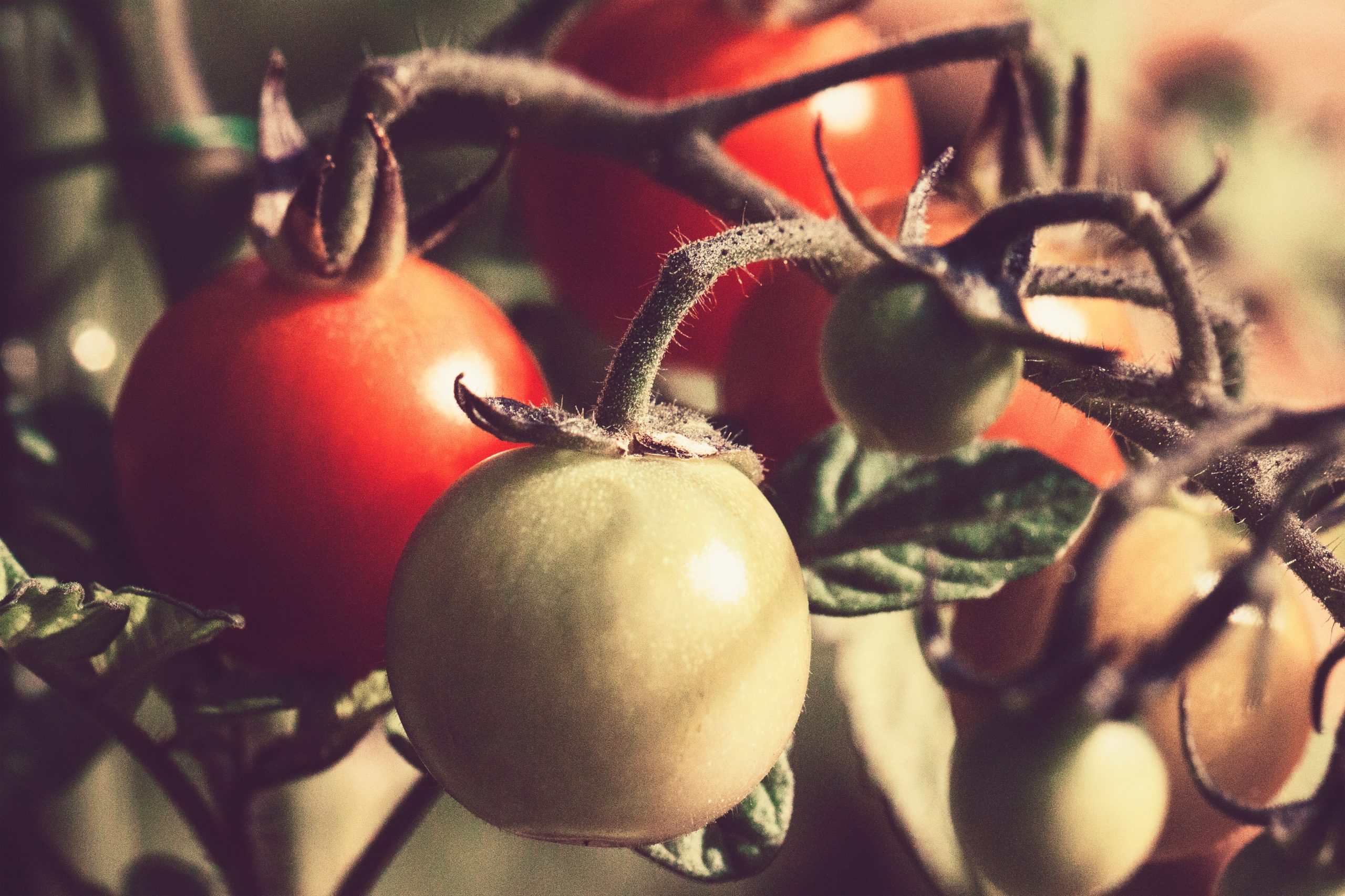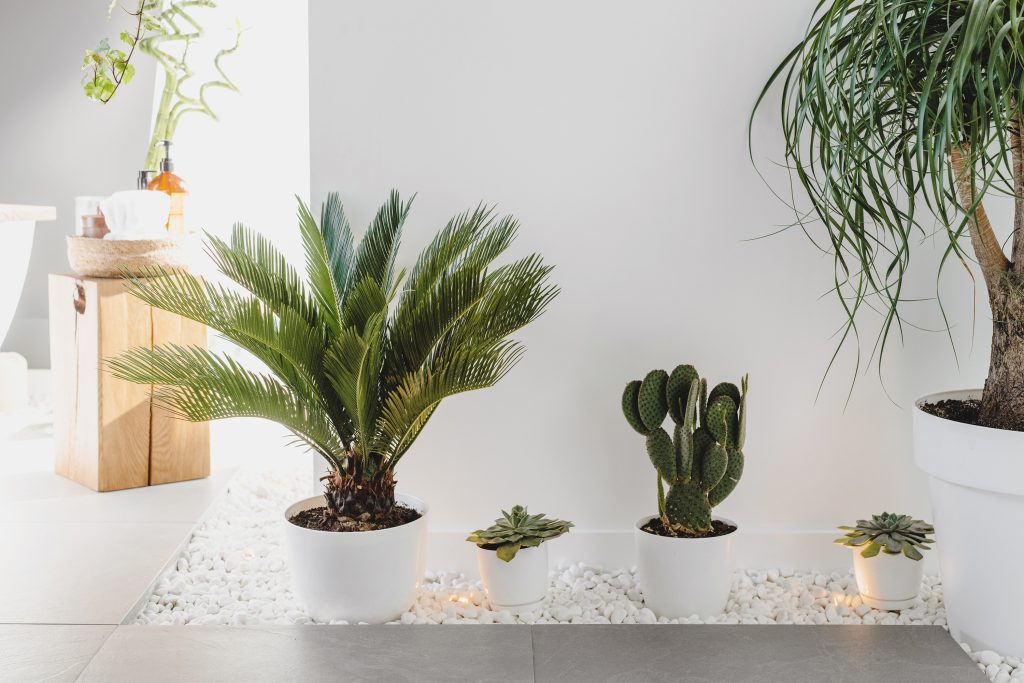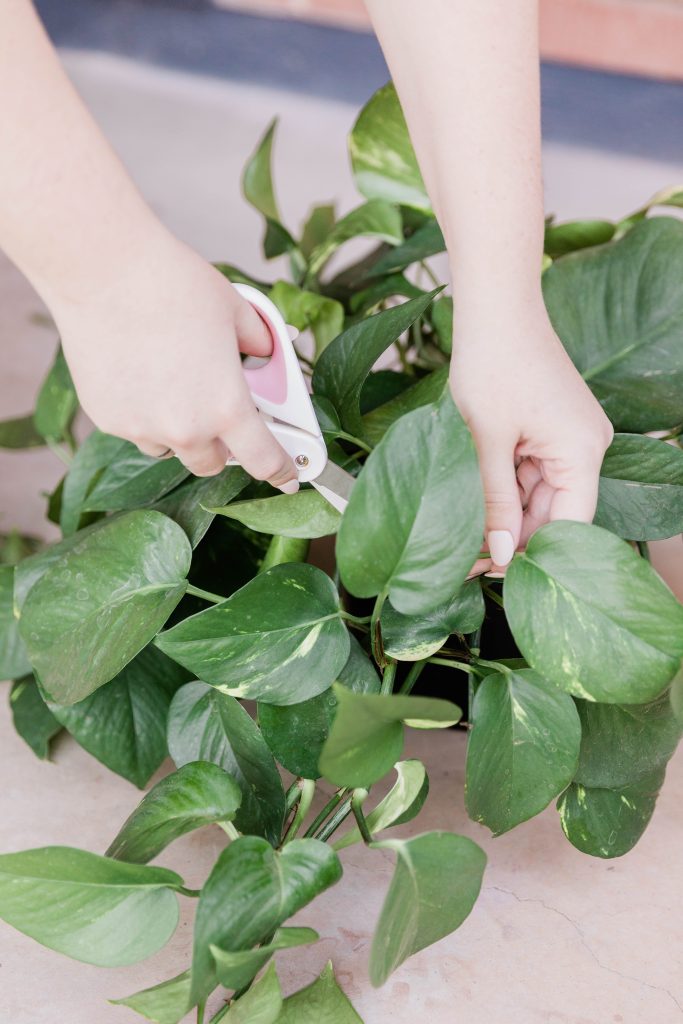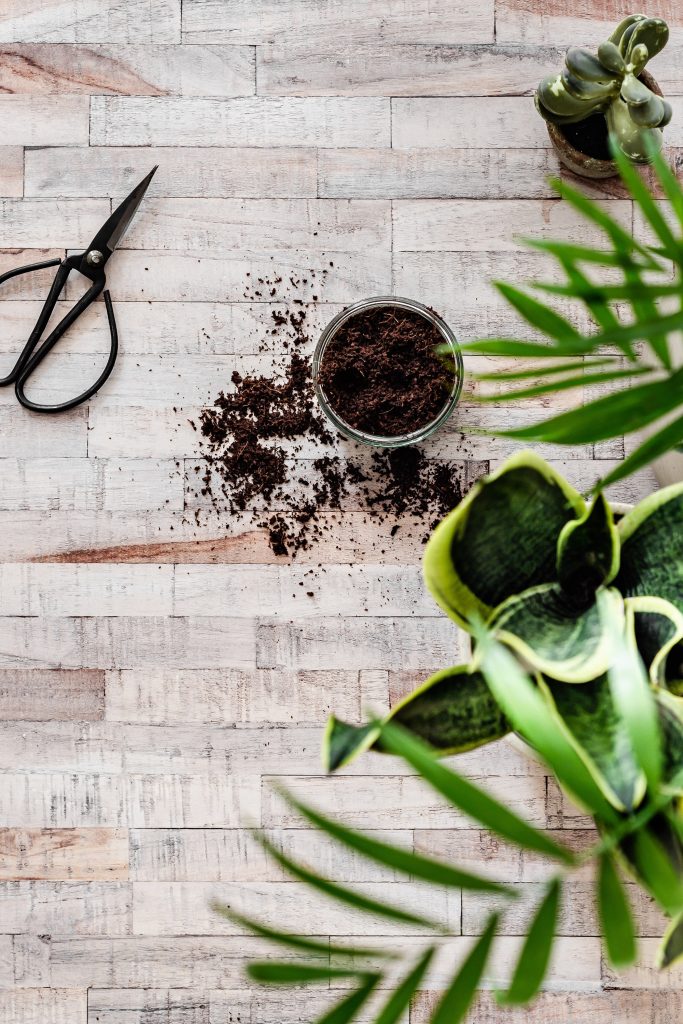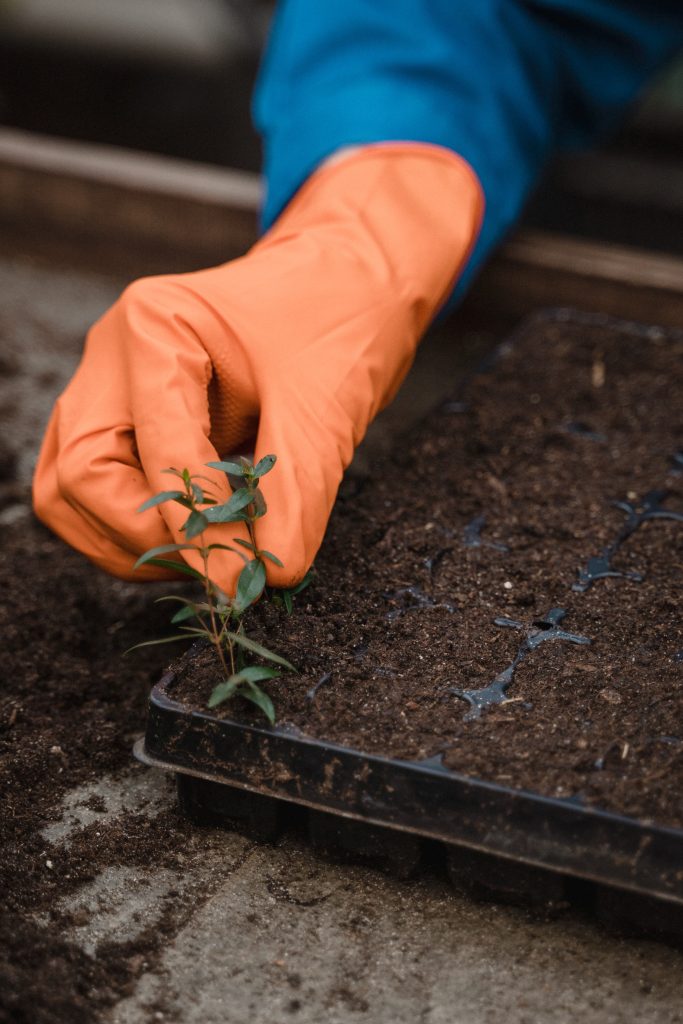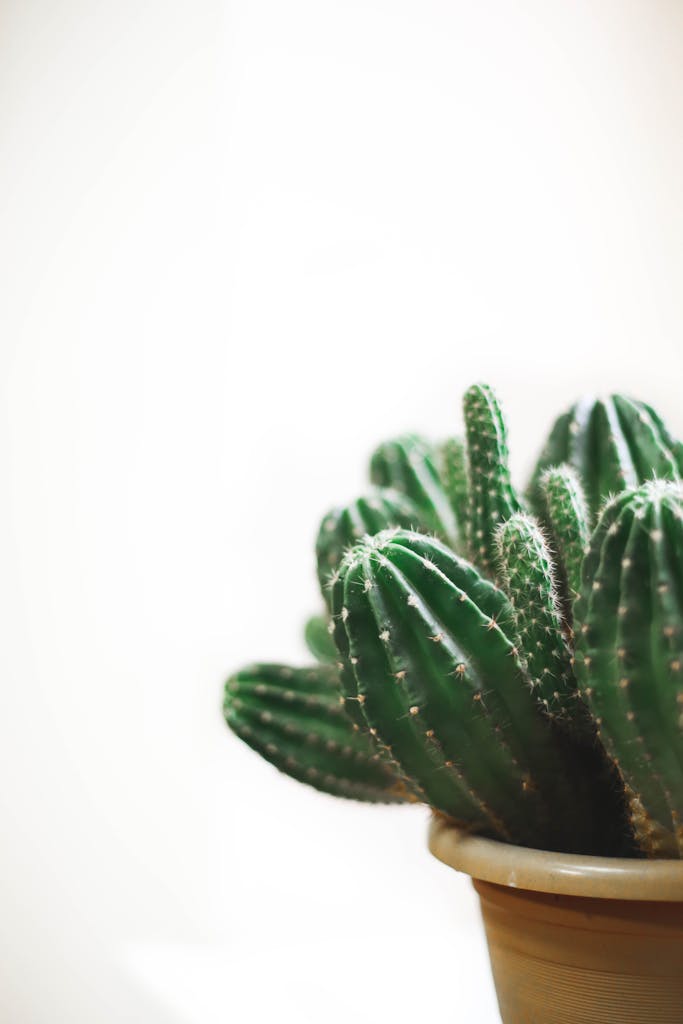10 Easy Steps to the Juiciest Tomatoes You’ll Ever Grow.
Here’s the thing about grocery store tomatoes: they look perfect, but they taste like… nothing. Every summer I’d try again, hoping this time they’d be sweeter, juicier, less disappointing. But nope. Slice after slice, they were just watery red fillers.
One summer I decided to take matters into my own hands and grow my own. How hard could it be, right? I bought some seedlings, stuck them in the dirt, watered whenever I remembered, and waited. And waited.
By the end of the season, I had two sad little tomatoes that looked hopeful but tasted about as bland as the store-bought ones.
That was my turning point. I started reading, experimenting, and paying attention, and slowly I realized tomatoes aren’t “hard” they’re just picky.
Give them the right conditions and they’ll reward you with baskets of juicy, sweet fruit that actually tastes like summer. Now, every year my family and I eat tomatoes straight from the vine, over the sink, juice dripping down our hands. And trust me, once you’ve tasted one like that, you’ll never go back.
If you’ve been dreaming of BLTs that actually taste like BLTs, homemade pasta sauce that makes your kitchen smell like Italy, or just a tomato that doesn’t disappoint, this is your guide.
Ten simple steps, no fancy equipment required just good old-fashioned tomato know-how.
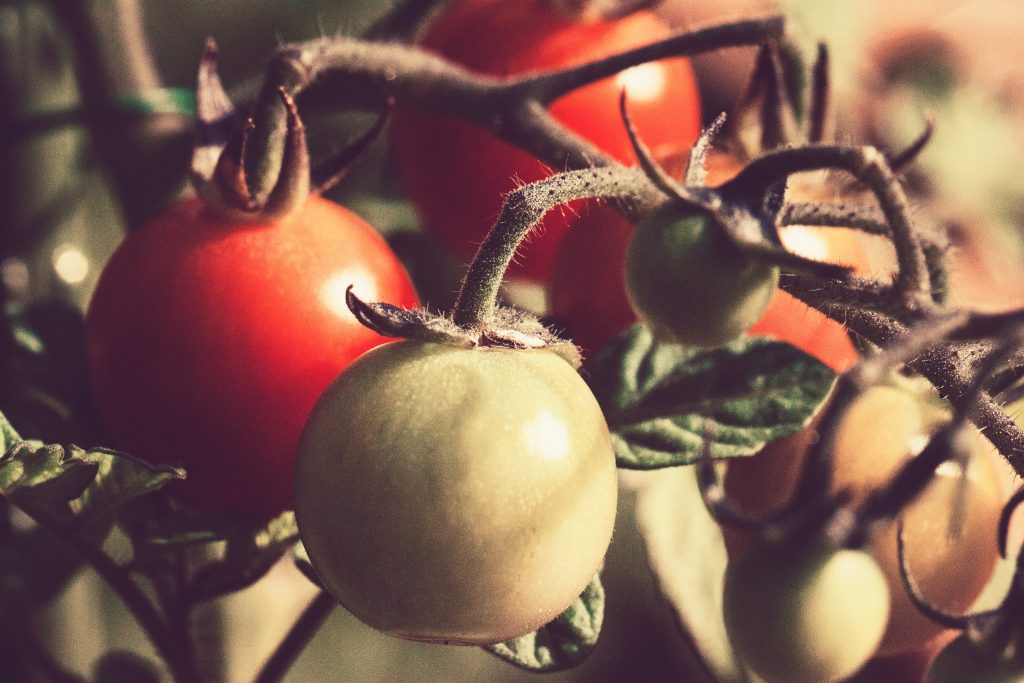
Step 1: Pick the Right Variety
First things first: not all tomatoes are the same. Some are made for snacking, some for slicing, and some for simmering into rich sauces.
If you just want something easy and sweet, go for cherry or grape tomatoes. They’re basically candy in the garden. If you’re after the classic juicy slice for sandwiches, beefsteaks are your best friend.
For sauces or salsa, Roma or plum tomatoes are perfect because they’re meatier and less watery. And if you really want that old-school, unbeatable flavor, go for heirlooms. They’re funky-looking, but the taste? Incredible.
Step 2: Start with Healthy Soil
Here’s the unglamorous truth tomatoes get their flavor from the soil they grow in. If the soil is poor, your tomatoes will be too. They need rich, well-draining soil full of organic matter.
That means mixing in compost or aged manure before you plant. Aim for a slightly acidic pH somewhere between 6.0 and 6.8 and you’ll be giving your tomatoes a five-star meal plan.
Think of it this way: healthy soil equals strong roots, and strong roots equal juicy, flavorful fruit.
Step 3: Choose the Sunniest Spot
Tomatoes are sun lovers, plain and simple. If you plant them in a shady corner of your yard, you’ll be disappointed.
They need at least six to eight hours of direct sunlight every single day. More is even better. Without enough light, they won’t flower, and no flowers means no fruit. If your space is limited, don’t worry cherry tomatoes are more forgiving and will still produce decently in less-than-perfect light.
Step 4: Plant Them Deep
This one surprised me when I first learned it.
Tomatoes actually like to be planted deeper than most other plants. When you bury the stem up to the first set of leaves, all those little hairs on the stem will grow into roots.
That gives the plant a much stronger foundation, which means it can handle summer heat, pests, and heavy fruit better. It feels a little strange at first to bury so much of the stem, but trust me it works.
Step 5: Water Consistently
Here’s where I messed up the most in my early days.
Tomatoes hate inconsistent watering. Give them a flood one week and ignore them the next, and you’ll end up with cracked skins or blossom end rot.
The secret is steady, deep watering two to three times a week, depending on your weather. Always water the base of the plant, not the leaves, because wet leaves can invite disease.
And if you can, water in the morning so the plants dry before night. They don’t like to go to bed soggy.
Step 6: Give Them Breathing Room
Tomatoes get bushy fast, and if they’re too close together, they become a playground for fungus and disease. Space them about 18 to 24 inches apart so air can move through.
Use cages, stakes, or trellises to keep the vines off the ground and prune the bottom leaves as they grow. It might feel like you’re giving them a haircut, but really, you’re just helping them breathe.
Step 7: Feed Them Well
Tomatoes are heavy feeders. They grow fast, they flower a lot, and they need extra fuel to keep up. At planting time, give them a balanced fertilizer. Once they start flowering, switch to something with more phosphorus and potassium to encourage fruiting.
Don’t go overboard with nitrogen or you’ll end up with big, leafy plants and barely any tomatoes. If you’d rather keep things organic, compost tea or fish emulsion works beautifully.
Step 8: Prune Smart
If you’ve ever noticed little shoots growing between the main stem and the branches, those are called suckers. Left alone, they’ll turn your tomato plant into a wild jungle.
Some people remove all of them, but I’ve found a middle ground works best. Pinch off most suckers when they’re small to keep the plant manageable, but leave a few if you want a bushier plant with extra fruit.
The goal is balance enough leaves to power growth, but not so many that the plant chokes itself out.
Step 9: Watch for Pests
Tomatoes are irresistible to more than just us. Aphids, hornworms, and fungal diseases all love them too. The best thing you can do is keep a close eye on your plants.
Check the leaves and stems regularly, handpick pests when you see them (gross, yes, but effective), and if things get out of control, use an organic spray like neem oil. Also, try not to plant tomatoes in the same spot year after year. Rotating them helps prevent soil-borne diseases.
Step 10: Harvest at Peak Ripeness
Finally, the fun part eating. A ripe tomato will be fully colored, slightly soft to the touch, and should come off the vine with just a gentle twist.
Don’t refrigerate them unless you absolutely have to. Cold temperatures ruin their flavor.
Keep them on the counter, admire their beauty, and eat them fresh while they’re still bursting with sweetness.
Quick Fixes for Common Tomato Problems
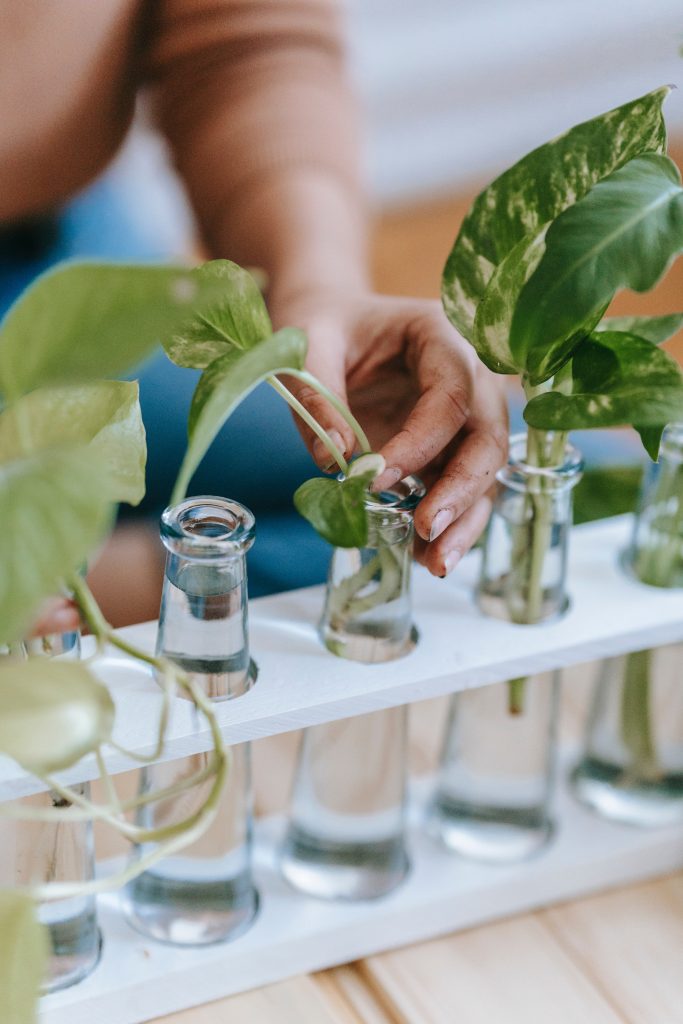
Yellow leaves? Usually it’s too much water or not enough nitrogen. Trim the leaves, check your watering habits, and add compost if needed.
Split tomatoes? That’s from inconsistent watering. Stick to a steady schedule.
Flowers but no fruit? You might have a pollination problem. Encourage bees to visit or gently shake the flowers to move pollen around.
Wrapping It Up
The secret to juicy, flavorful tomatoes isn’t luck , it’s just a mix of sunlight, good soil, steady water, and a little care along the way.
Do these ten things, and you’ll be rewarded with tomatoes that taste like sunshine on a plate. And honestly? There’s nothing more satisfying than eating something you grew yourself.
So whether you’ve got a backyard, a balcony, or just a single pot on the patio, give it a try. Your sandwiches, salads, and sauces will never be the same again.

